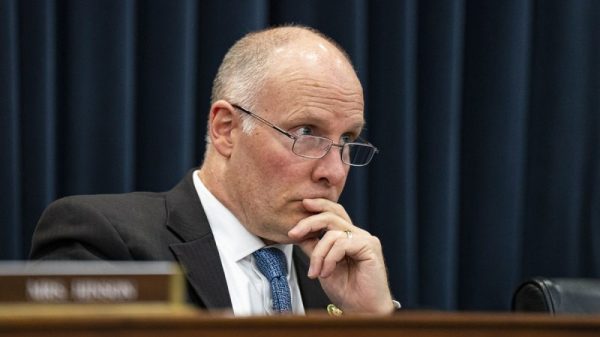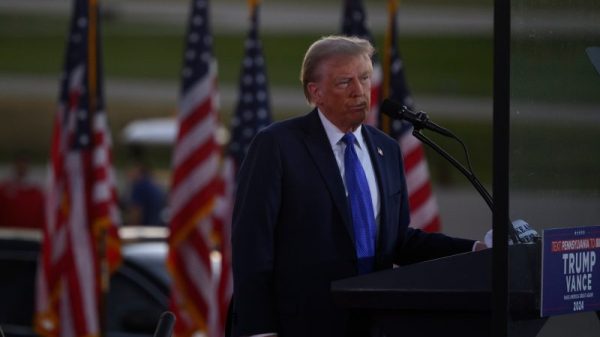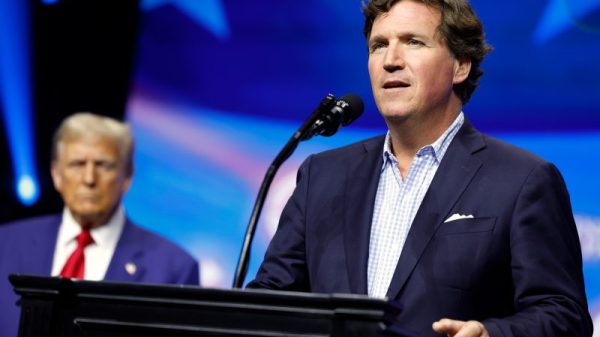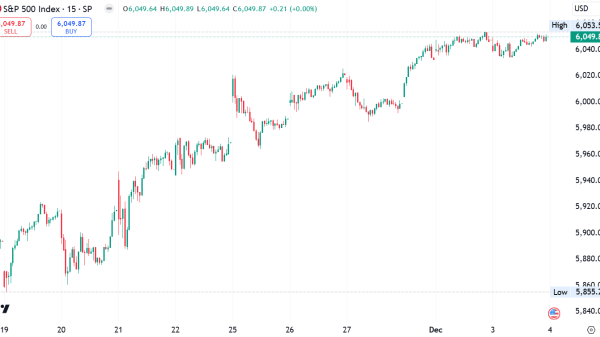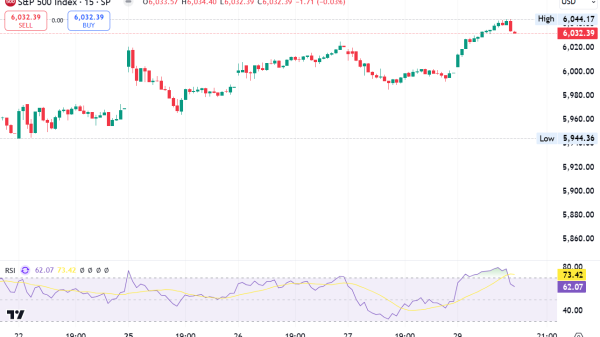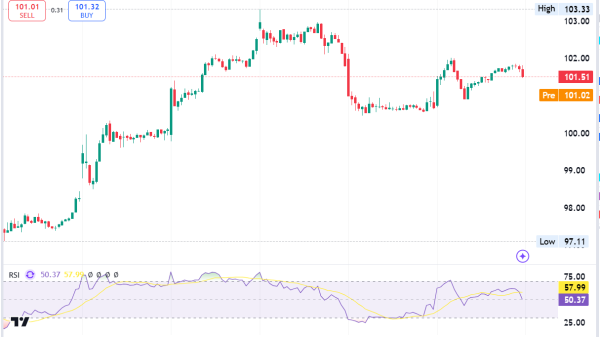Lithium prices remained low in 2024 on the back of oversupply and weak demand.
Lithium carbonate spent the majority of the year contracting, shedding 22 percent between January and December. Prices started the 12 month period at US$13,160.20 per metric ton (MT) and ended it at US$10,254.16.
The weak price environment was the result of a supply glut, a factor that S&P Global expects to persist in 2025.
In a November report, the firm forecasts a “global surplus of approximately 33,000 metric tons of lithium carbonate equivalent in 2025, a decrease from the 84,000 metric tons surplus projected for 2024 and 2023’s 120,000 metric tons.’
Against that backdrop, S&P is projecting continued lithium carbonate price declines next year, with the annual average price projected at US$10,542 in 2025, down from US$12,374 in 2024 and a steep drop from US$40,579 in 2023.
Adding to price pressure, advances in alternative battery technologies are posing challenges to lithium’s traditional dominance. In 2024, these factors combined to create a year of volatility and transformation for the critical battery metal.
Supply surplus weighs on lithium prices
Market saturation emerged as a key theme for lithium early in the year as a continued surplus weighed on prices.
The excess comes on the back of steadily growing mine supply over the last four years. In 2020, the annual global mine supply tally was 82,500 MT, a number that more than doubled in 2023 to 180,000 MT.
Prices for lithium carbonate remained in the US$13,000 range for January, but began to rise in mid-February, ultimately reaching a year-to-date high of US$15,969.26 on March 14.
The price momentum was attributed to announcements that some new projects were being delayed, while operations in development and production were being transitioned to care and maintenance.
“I only expect this to palpably impact the supply picture in 12 to 18 months, as that is when these expansions were planned to ramp.”
Record-setting lithium M&A activity
This precarious landscape was fertile ground for M&A deals, which occurred throughout the year.
“As lithium projects struggle to stay above water, analysts also expect M&A activity to increase as major producers with positive cash flow try to find deals in the market while junior companies try to sell projects in a market where private capitals are scarcer than previous years,’ a February 12 report from S&P Global states.
2024 started with the completion of Livent (NYSE:LTHM) and Allkem’s merger of equals. The deal saw the two companies combine under the Arcadium Lithium (NYSE:ALTM,ASX:LTM) banner,boasting a market cap of US$5.5 billion and an extensive portfolio of lithium production assets and resources across the Americas and Australia.
By September, the weak price environment had forced Arcadium to halt expansion plans for its Mount Cattlin spodumene operation in Western Australia, with plans to transition to care and maintenance by mid-2025.
Despite that setback, Arcadium made headlines once again a month later as global mining major Rio Tinto (ASX:RIO,NYSE:RIO,LSE:RIO) made a move to acquire the multinational lithium company. Once the US$6.7 billion all-cash transaction closes, Rio Tinto will become the third largest producer of lithium globally.
Another notable 2024 lithium deal was Pilbara Minerals’ (ASX:PLS,OTC Pink:PILBF) August plan to acquire Latin Resources (ASX:LRS,OTC Pink:LRSRF) in an all-stock deal valued at approximately US$369.4 million.
The acquisition will grant Pilbara Minerals access to Latin Resources’ flagship Salinas lithium project in Brazil’s Minas Gerais state, enhancing its presence in the burgeoning North American and European battery markets.
In late November, Sayona Mining (ASX:SYA,OTCQB:SYAXF) and US-based Piedmont Lithium (ASX:PLL,NASDAQ:PLL) unveiled a merger that is set to create a consolidated entity valued at about US$623 million.
These deals helped make lithium one of the most active M&A segments in the critical minerals space.
“Lithium stands out with both the highest volume of deals and largest total deal value from 2020-24 (US$24 billion),” a 2025 critical minerals outlook from Allens reads. “Deal volume for lithium M&A deals peaked in 2023, but remains relatively high in 2024, showing comparable volume to 2022.”
Global EV sales rebound amid trade tensions and policy shifts
As one of the largest end-use segments for lithium, the EV industry is a key factor in the market.
Weak North American EV sales early in the year offset some positivity out of Asian markets; however, in late Q3 and Q4, global sales began to pick up momentum. In October, the Chinese EV market set another monthly record with 1.2 million units sold, a 6 percent month-on-month increase. According to data from research firm Rho Motion, EV sales between January and October were up 24 percent compared to the same period in 2023.
“The global EV market is now picking back up again, hitting record sales for the second month in a row. Most of the growth is coming from China and Western manufacturers are clearly feeling threatened by this. The US market remains buoyant in part thanks to Inflation Reduction Act (IRA) funding for consumers switching to electric which may be at risk with the start of the Trump presidency,” said Charles Lester, data manager at Rho Motion.
However, there is speculation that President-elect Donald Trump will dismantle key components of the IRA, particularly targeting the US$7,500 EV tax credit. His transition team has indicated intentions to eliminate this consumer incentive, which was designed to promote EV adoption and bolster the country’s clean energy sector.
Critics have argued that removing the tax credit could hinder domestic EV sales and potentially benefit foreign competitors, notably China, by undermining investments in the US battery supply chain.
With that in mind, the proposed repealing of the tax credit has raised concerns among automakers and environmental advocates about the future of America’s competitiveness in the rapidly growing global EV market.
The Biden administration made efforts to address that issue in May, when it sharply increased tariffs on Chinese EVs, raising duties to over 100 percent to counter alleged unfair trade practices. While the move was made to bolster domestic EV production and sales, critics said it could disrupt supply chains and raise consumer costs.
Following suit in August, North American neighbor Canada levied a 100 percent tariff on Chinese EVs, aligning with the US and EU to counter China’s trade practices. At the time, Prime Minister Justin Trudeau criticized China’s policies as unfair, citing their impact on Canadian industries and workers. He emphasized the need to protect the domestic EV and metal sectors from overcapacity caused by China’s state-driven production.
Canada also introduced a 25 percent surtax on Chinese steel and aluminum imports.
In response, China filed a formal complaint with the World Trade Organization over Canada’s decision to impose tariffs on Chinese-made EVs, steel and aluminum. Beijing criticized the measures as protectionist and in violation of international trade rules. China also filed similar complaints against the US and EU.
As uncertainty continues to plague the lithium space, analysts are projecting a sustained low-price environment into 2025, despite the production cuts and project delays that were prevalent in 2024.
‘With the production cuts announced so far having primarily been about slowing future growth rather than immediate production, strong mine supply growth is still expected in the short-term, namely 24.7 percent in 2024 and 17.4 percent in 2025,’ Macquarie analysts told S&P Global as 2024 drew to a close.
‘This suggests lower prices will need to persist for longer in the absence of any further price-induced cuts that rebalance the market sooner than our forecasts indicate.”
Securities Disclosure: I, Georgia Williams, hold no direct investment interest in any company mentioned in this article.


